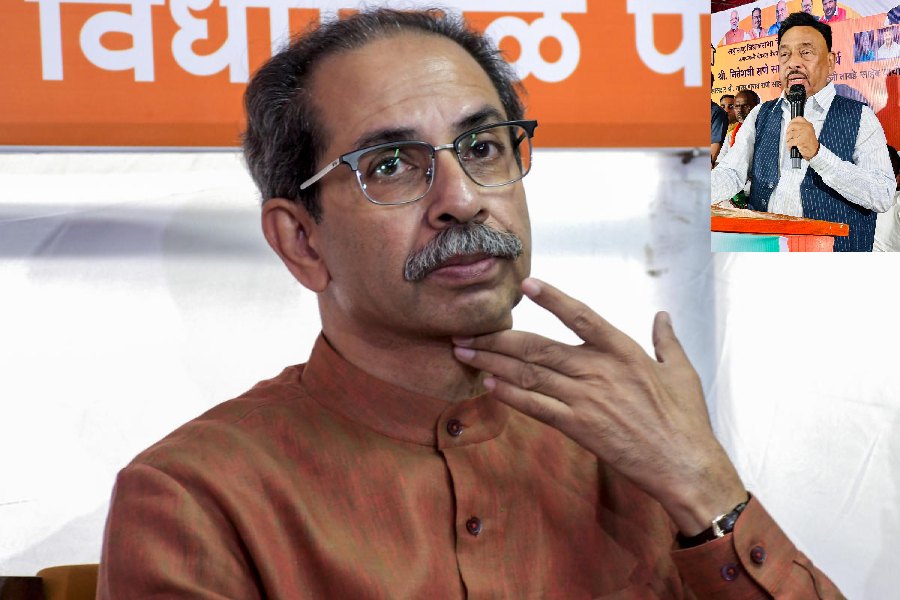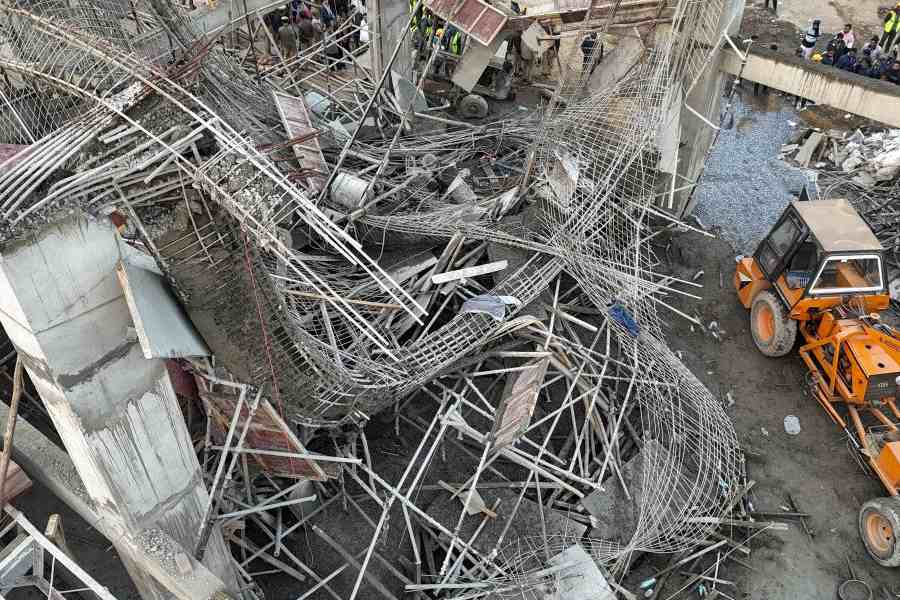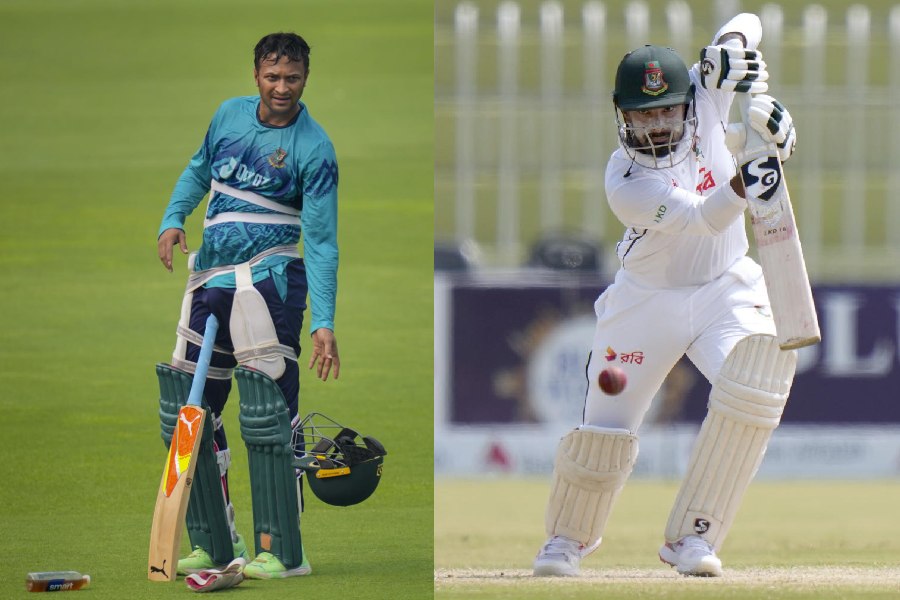While we worry about Covid-19 that has caused such disruption and tragedy for many people in India and globally, it’s useful to recall that the world has seen many pandemics. For instance, there was a time when tuberculosis was a pandemic, killing one in seven people. In Europe and in the US, 25 per cent of all deaths between 1600 and 1800 were due to TB. In 1953, when the first nationwide data was published the US had 84,304 cases. In 2016, that number had fallen to 9,272 cases.
From one in four, the infection rate has plummeted to one in 100,000. How did this happen? No, the bacteria didn’t go anywhere, and it still infects people with low immunity. But the threat diminished drastically due to effective drugs and the creation of a number of care centres for patients.
When a person was diagnosed with TB, family members and other people who came in close contact with the infected person were tested and then treated. These procedures are things of the past and only symptomatic patients are treated now.
In countries where TB is endemic a quasi-effective strategy of universal vaccination is a norm and there’s variable evidence that it offers quite long immunity, at least for children. Because of vaccination at childhood and increased awareness amongst common people, it’s now moved from being known as the “Rajrog” (king of all diseases) for which there was no cure, to an infectious disease which can be treated. Still India has 25 per cent of all the world’s TB patients -- 2.15 million cases in 2018. We have a declared goal of eradicating this menace from the country by 2025. WHO has set a similar target for 2030 for the world.
Tuberculosis is not the sole menace in this country. We have faced similar situations with illnesses kala-azar, cholera, malaria, plague, leprosy. Now let’s pause for a moment. Is there a similarity in the situation we’re facing now from coronavirus infections?
Since the end of last year, we’ve been facing the coronavirus pandemic. Close to 40 million people worldwide have already contracted the infection, though the presumption is that documented cases are the tip of the iceberg. Close to 1.2 million people have died of Covid-19 worldwide, bringing the case fatality rate to around 2.8 percent. Of course, this is according to the number of people who have been identified as having contracted the infection. The real death rate among all people who have been infected must actually be much lower.
According to an estimate by Stanford University’s John Ioannidis, published in the World Health Organization Bulletin, the death rate varies from location to location and must be between 0 and 1.54 per cent. If one takes the median value to project a global estimate, the chance of death in infected individuals aged below 70 is five in 10,000.
Let’s also keep in mind the corresponding current numbers for tuberculosis. The mortality rate for tuberculosis cases, as per Global Health Observatory (GHO) data for 2017 from WHO, is around 10 per cent (an estimated 1.3 million people died of tuberculosis out of the close to 10 million new cases registered in 2017). Do you know how many children die within the first year of their life? In the US the estimate for 2018 was 0.5 per cent. For India the number is close to 3 per cent!
So, it could be argued that we’ve overreacted to Covid-19. But that’s because of the sheer speed with which the contagion touched all seven continents (an Antarctic cruise ship had to cut short its trip because of cases on board). We still haven’t found any magic=bullet drugs to treat the infection and the virus is too random in its health impact for anyone to feel secure that they won’t be affected by it.
Moreover, hospital systems are designed for average patient loads, not epidemics. So when containment fails, the exponential growth of cases can transform a public health emergency into an operational crisis. Patients with severe Covid-19 require an average of almost 15 days of respiratory support. Such lengthy treatment time will further stretch resources.
There are also suggestions that the media has also fed the Covid-19 panic. The pandemic and its aftermath will be better solved by the application of proper scientific methods. Still, as Matt Ridley commented in a recent Wall Street Journal article, “Scientific method remains the best way to solve many problems but bias, overconfidence and politics can sometimes lead scientists astray.”
We have seen this from the moment the pandemic broke out. There were esoteric models on the effects of countrywide lockdowns, disproportionate hype for potential drug treatments and over-optimistic projections about vaccine timelines. Now we’ve perhaps reached the peak of infection prevalence or are approaching it fast, the next phase of endemic management will benefit enormously from better planning.
Is there a chance that this novel coronavirus will become endemic, like tuberculosis and many other infections? This depends on how the infection is handled by the body’s immune system when it first sees the virus, either through natural infection or on vaccination.
If the immunity to infection is long-lasting, the chances of it being endemic will be low. But our experience with related viruses, like other respiratory infections including other human coronaviruses, makes this less likely. Thus, we should probably be proactive -- think ahead and chalk out plans for how to deal with Covid as an endemic disease. While planning this, the focus should be on saving people who are liable to get severe cases.
Possibly, we will need to look at opening more COVID hospitals and care centres all over the country – maybe consider having one or two beds for a population of 10,000. These facilities would be dedicated to COVID-19 and should have at least one high-flow nasal oxygen supply system with small medical oxygen plants. If we plan ahead, and start building these small-scale peripheral COVID care centres in municipalities and panchayats all over the country, the lives of a big fraction of prospective severe COVID patients might be saved.
On any estimate it will be worth the cost.
Yes, the manpower to run such an enterprise will be lacking. But a technical training programme could be undertaken to build a battalion of paramedics who’ll work under the supervision of a centrally located core team of doctors.
Here we should pay heed to interesting work done in West Bengal in the recent past by Abhijit Vinayak Banerjee, the Nobel Laureate from Massachusetts Institute of Technology. This 2016 study published in Science showed that a short-term multi-topic training programme can significantly increase the efficiencies of informal healthcare providers without any formal medical training.
A major instance of such innovative human resource mobilisation was recently seen in West Bengal. A large number of migrant workers, who recovered from Covid-19 were employed in hospitals after short training courses. The battalion was aptly named the Covid Warriors.
For example, Sariful (name changed), who worked in a restaurant in Mumbai till March, was seen in a new avatar in June - donning a pristine white PPE suit he was busy measuring blood pressure and blood oxygen levels in patients admitted in a Calcutta ICU.
This desperate time requires such out-of-the-box innovative ideas. In a hub-and-spoke model, more sophisticated tertiary centres would remain the hub with facilities for mechanical ventilation or other advanced facilities.
Of course, this would not only serve the needs of Covid-19 patients. It would definitely prove to be a great investment into the country’s healthcare system. Major efforts towards developing easily deployable cheaper hospitals, by major research organisations like Council of Scientific and Industrial Research (CSIR), could also prove to be useful for such community care centres.
Another major problem faced in recent months has been the lack of access to molecular diagnostic laboratories. The only reliable test for SARS-CoV-2 is what’s called the RT-PCR. Most hospitals in the country did not have access to these machines or even the necessary expertise to use them.
In an unprecedented move, major academic research institutes came forward to either open up testing laboratories within their premises or helped to set up satellite centres in hospitals by lending the necessary equipment and manpower.
In a country like India, it will prove to be really difficult to provide access to such sophisticated laboratories everywhere if SARS-CoV-2 becomes endemic. Indian scientists have already taken up the challenge to develop cheaper and easier point-of-care diagnostics more suitable for India. The most prominent success story has been the FELUDA test developed by CSIR.
Meanwhile, what can we, the citizens, do? We would perhaps help the situation a lot by not panicking, at the same time as not taking it lightly.
Yes the festive season is on. Please keep yourself and others around you safe by avoiding crowded gatherings. And if you suspect infection, get tested. But don’t rush to get admitted in hospital unless you are among the very few patients requiring oxygen supplementation. Hospital beds and resources are scarce. Stay isolated at home and take the necessary medicines. Most of you will never experience any more discomfort than that associated with the common flu.
Dipyaman Ganguly is an immunologist at CSIR-Indian Institute of Chemical Biology, Calcutta, involved in clinical trials and research with COVID-19 patients.
Supratik Gangopadhyay is a veteran software professional based in Chennai with expertise in healthcare systems.











